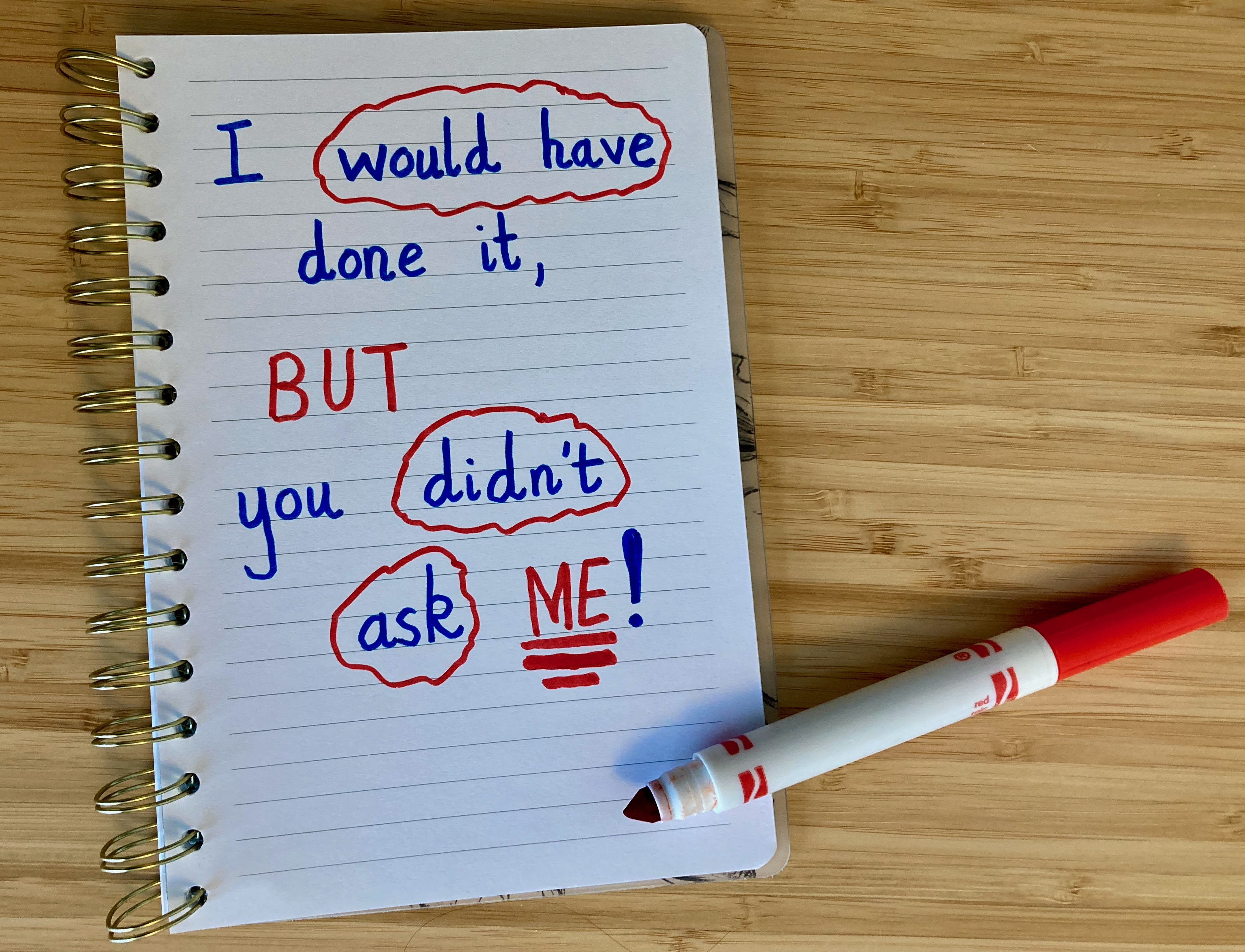Understanding Will - Following instructions
Will said:
"I would have done it but you didn't ask me."
Will has learning differences and finds it challenging to follow generalized instructions. e.g. tidy up.
The Impact:
Will often fails to do what he has been asked and gets reprimanded. He quickly becomes frustrated, loses focus and develops low self-esteem.
Strategies that help Will to follow instructions:
-
Being in an inclusive environment where all instructions are given in a calm, clear, concise manner and tell everyone exactly what they are expected to do.
e.g. Everyone tidy up. Put your books and pencils in your desks.
-
If an instruction is intended for just Will;
- Use his name at the start of the instruction
- Keep the instruction short and simple
- Make sure that it tells him exactly what he is expected to do.
e.g.
-
Will, it is time to tidy up. Put your books and pencils in your desk please.
-
Will, stop kicking the table leg. Put your feet flat on the floor.
Top tip: If an instruction involves several steps, Will finds it challenging to remember what he is expected to do.
Will will be able to follow the instruction more successfully if it is broken down into smaller steps and he is given time to complete each step before moving on to the next one.
e.g. An instruction to tidy up and then go outside to play, could be broken down to:
- Will, it is time to tidy up. Put your books and pencils in your desk please.
(When Will has tidied up)
- Thanks for tidying up. Now go outside to play.
- Use when and then in instructions.
e.g.
- Will, when you have put the lego away then you can play with the bricks.
-
If Will is off task, avoid asking why he is doing something, ask him what he should be doing. This will help refocus him on the task to be completed.
-
Give Will time to listen to, process and begin completing an instruction.
Top tip: For Will, 10 seconds is enough time if the instruction is to start a new task, 5 seconds if it is to stop an inappropriate behaviour.
If Will has not begun to follow the instruction after 5/10 seconds, ask him if he needs it repeating or rephrasing.
- Encourage Will to repeat back an instruction in his own words so that you know how much of the instruction he has understood.
Other posts that you might like: The signs that Will had learning differences
